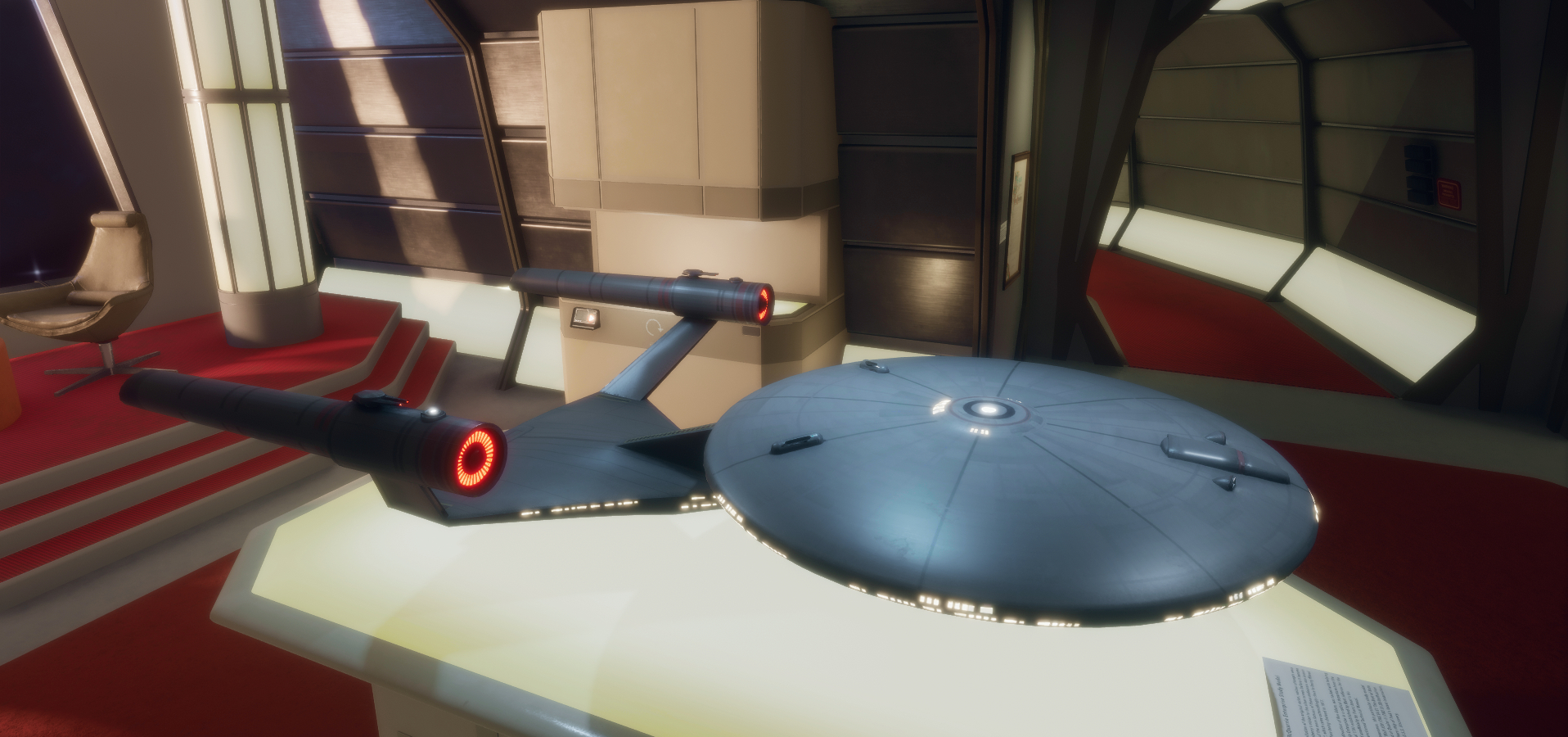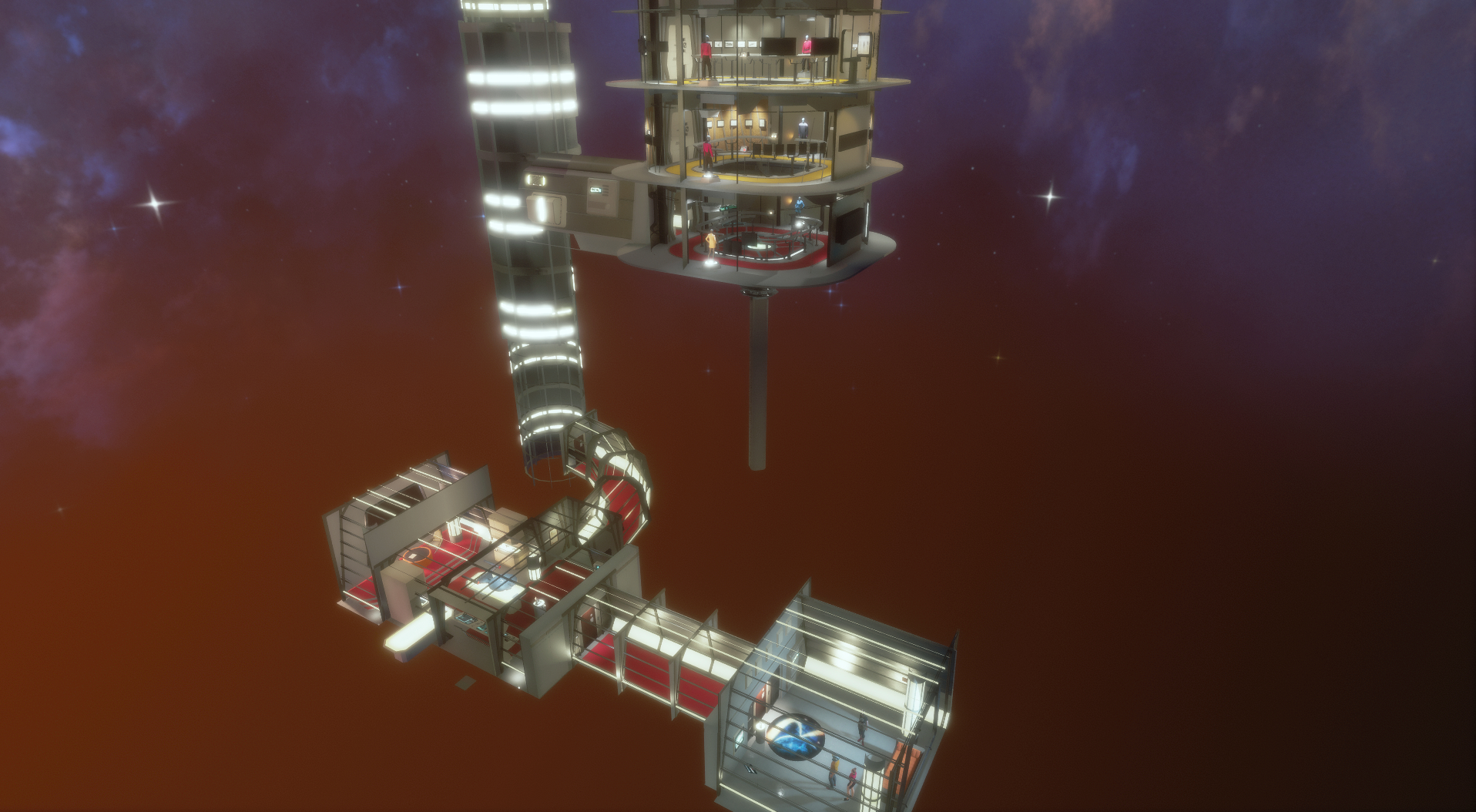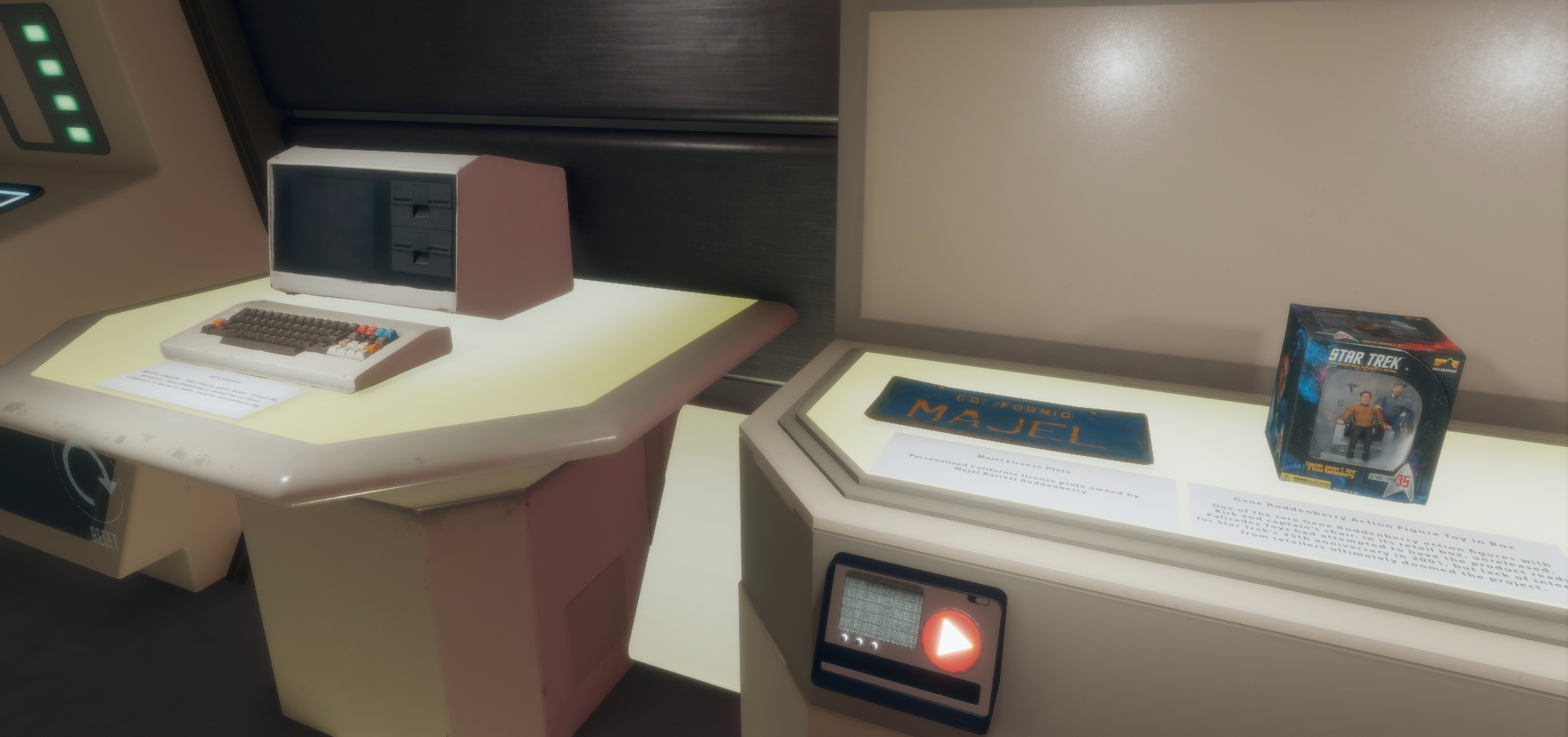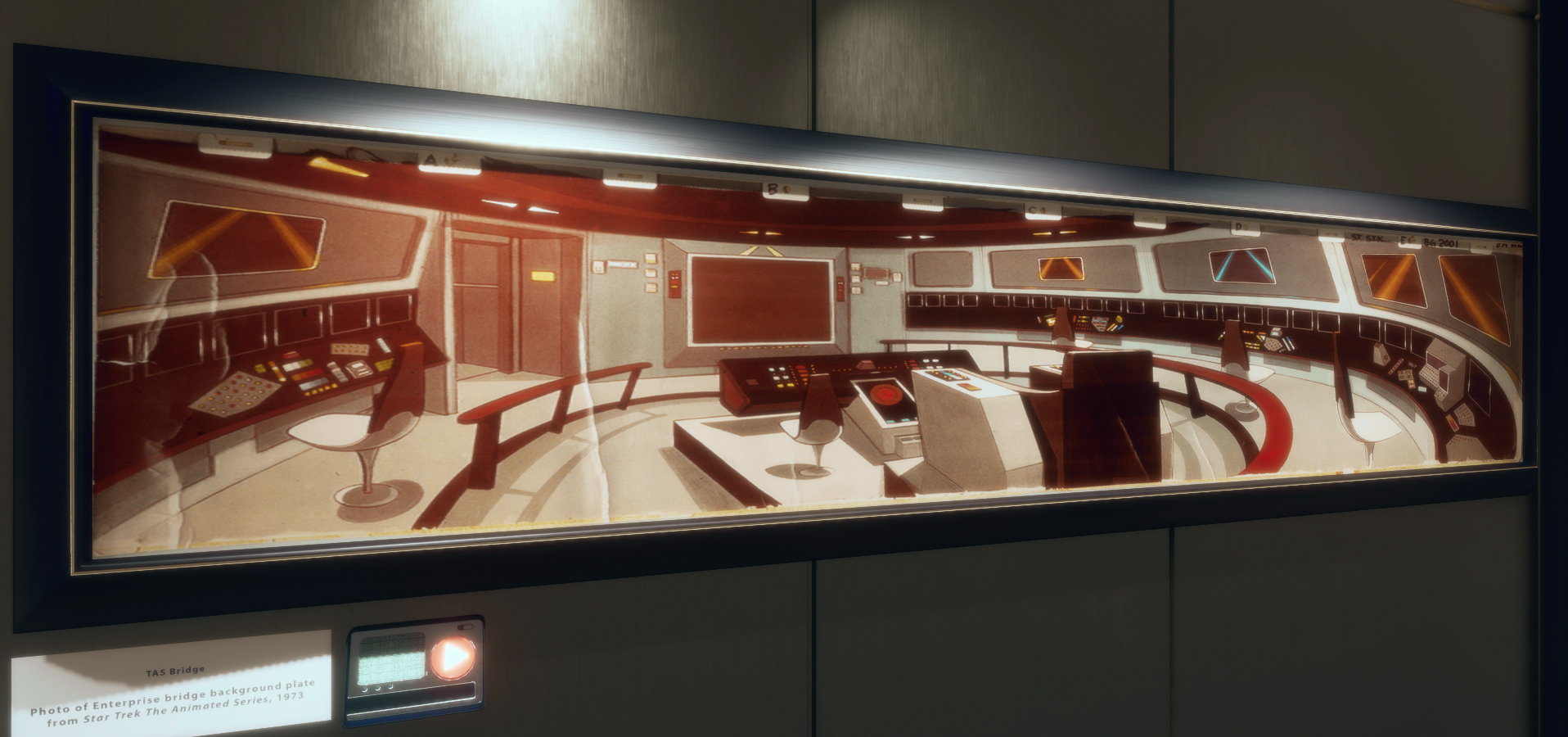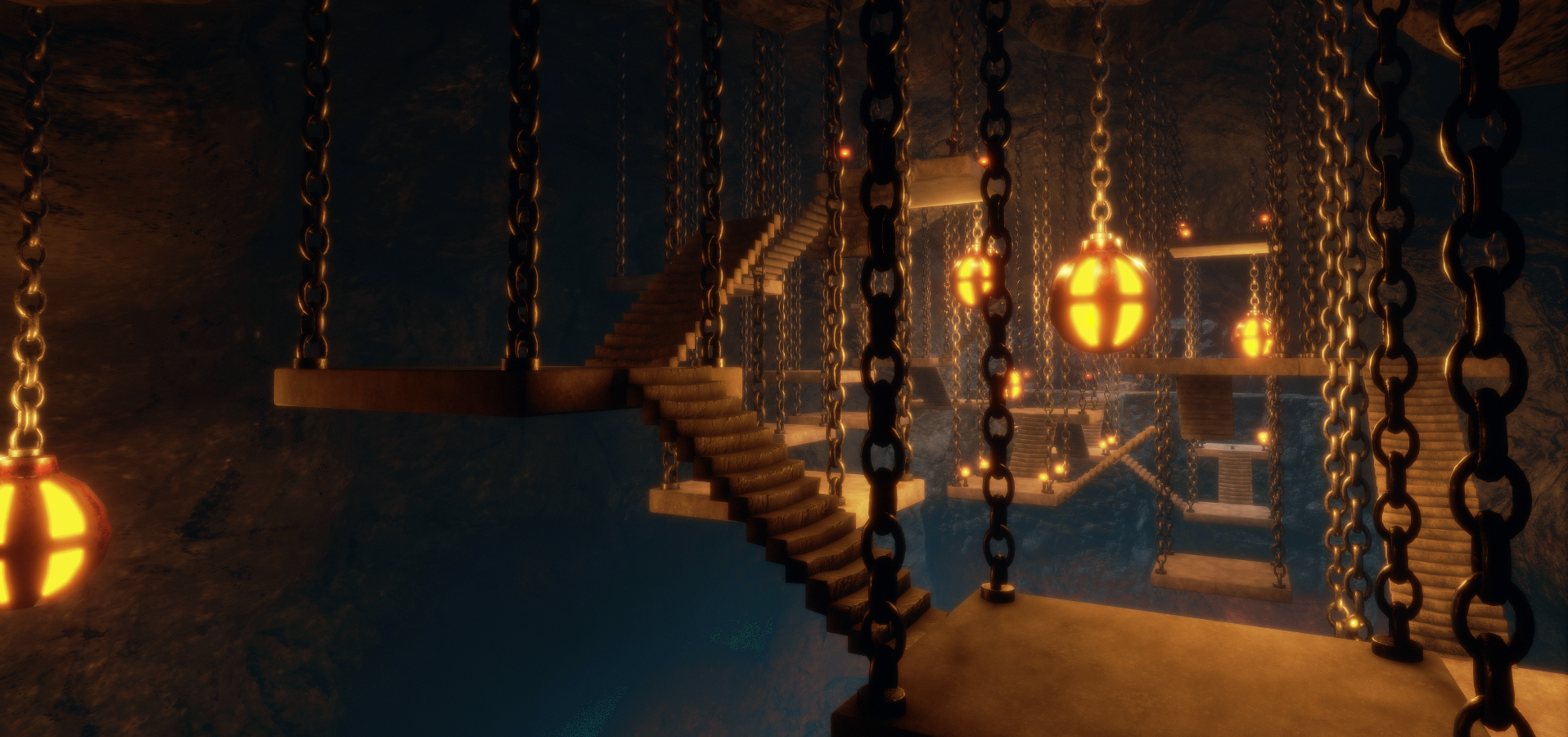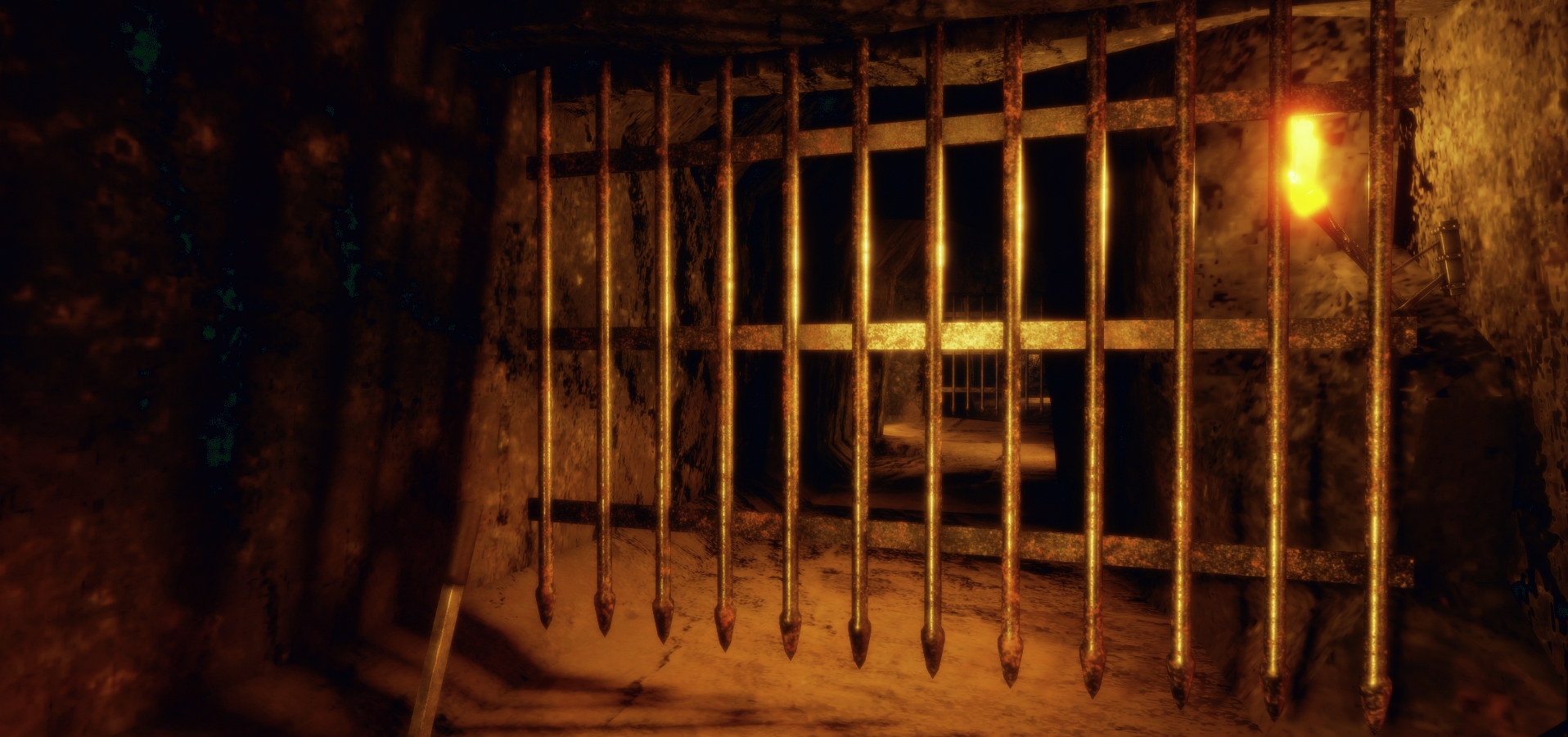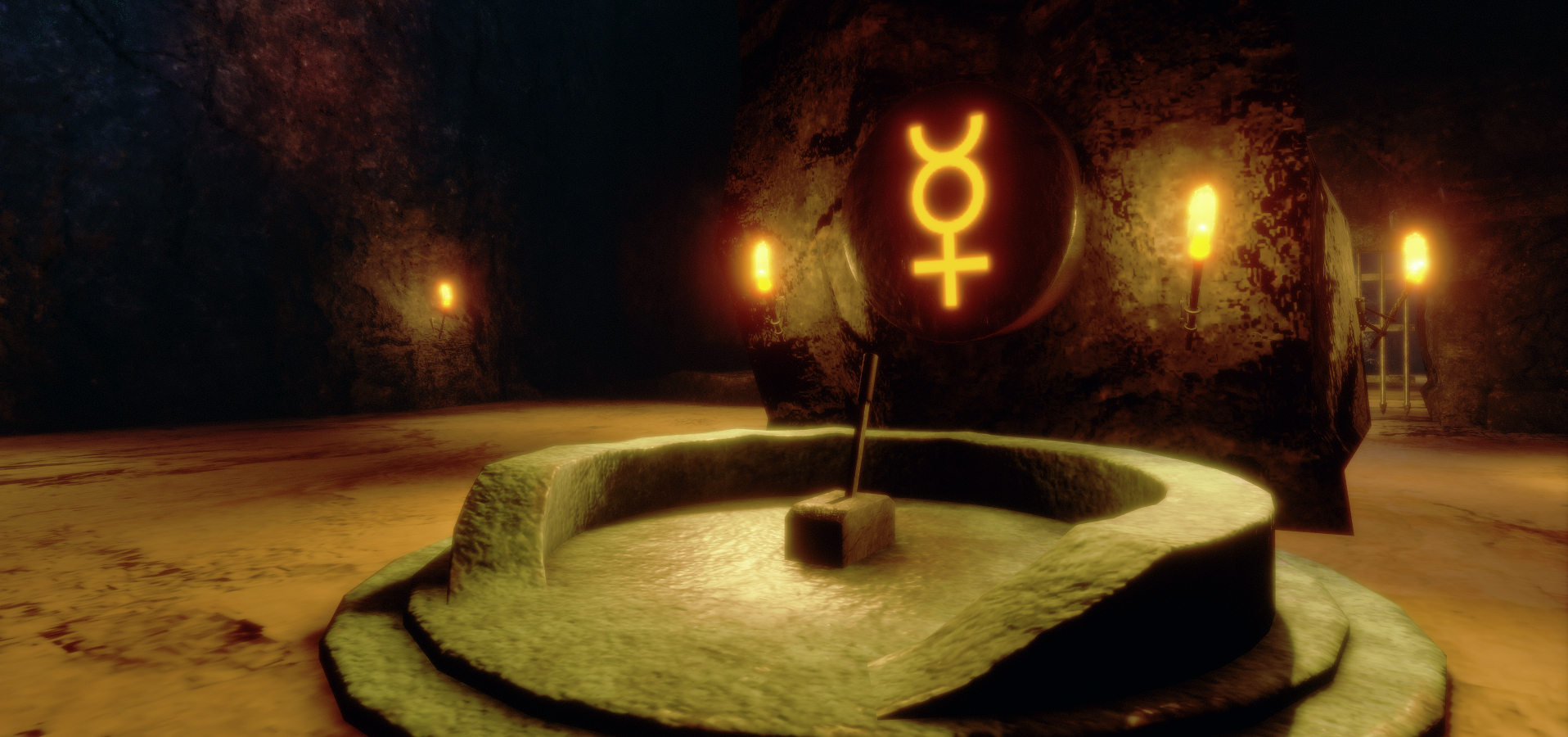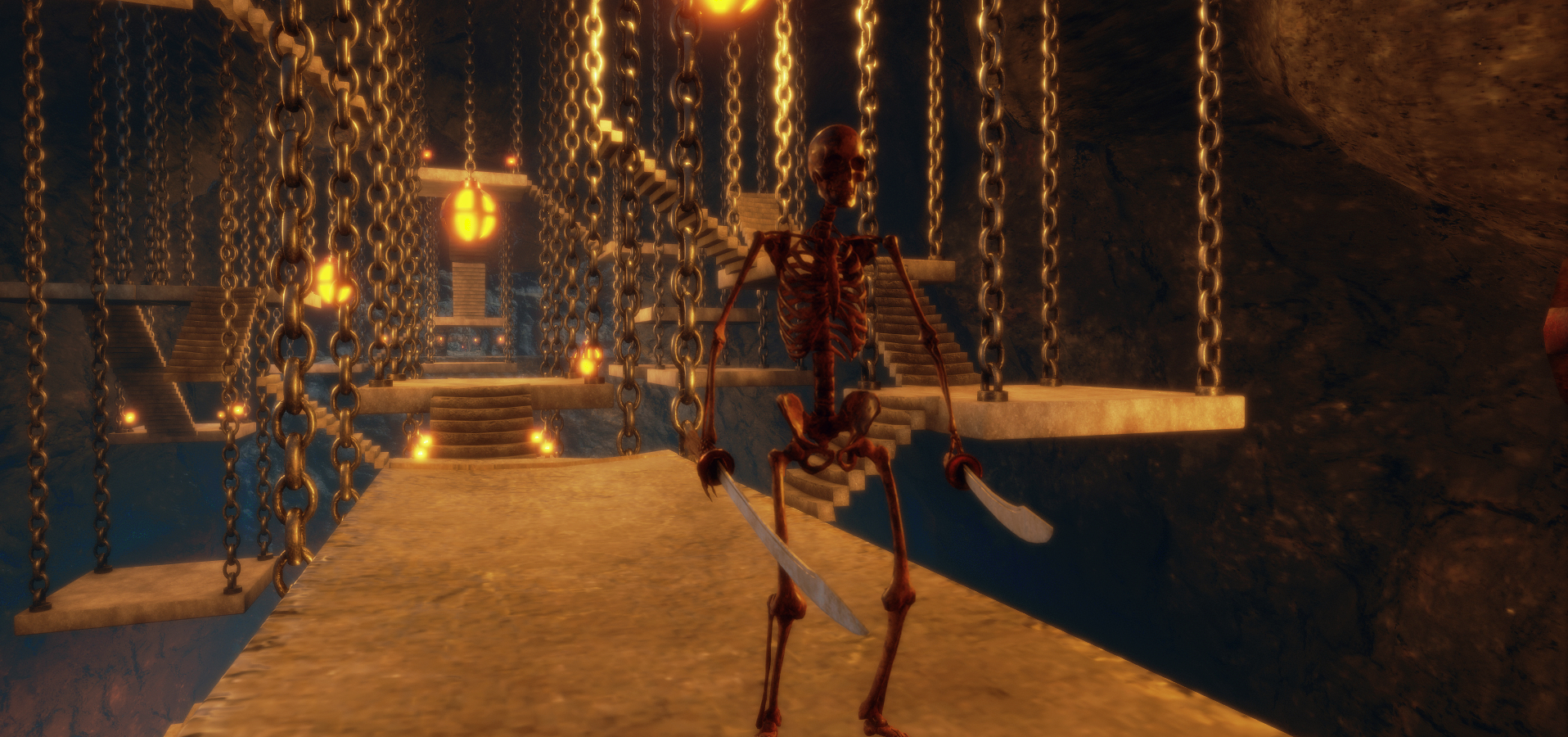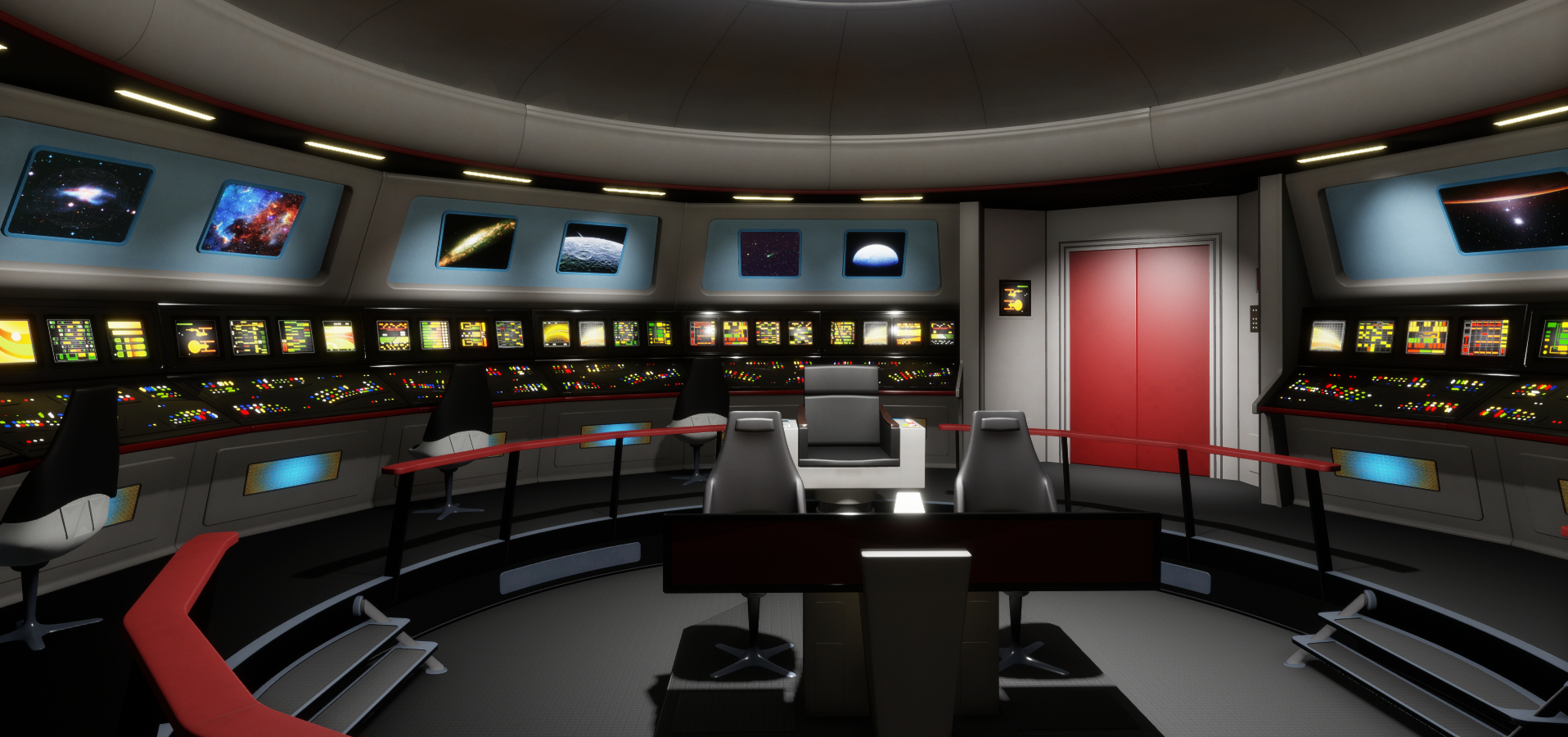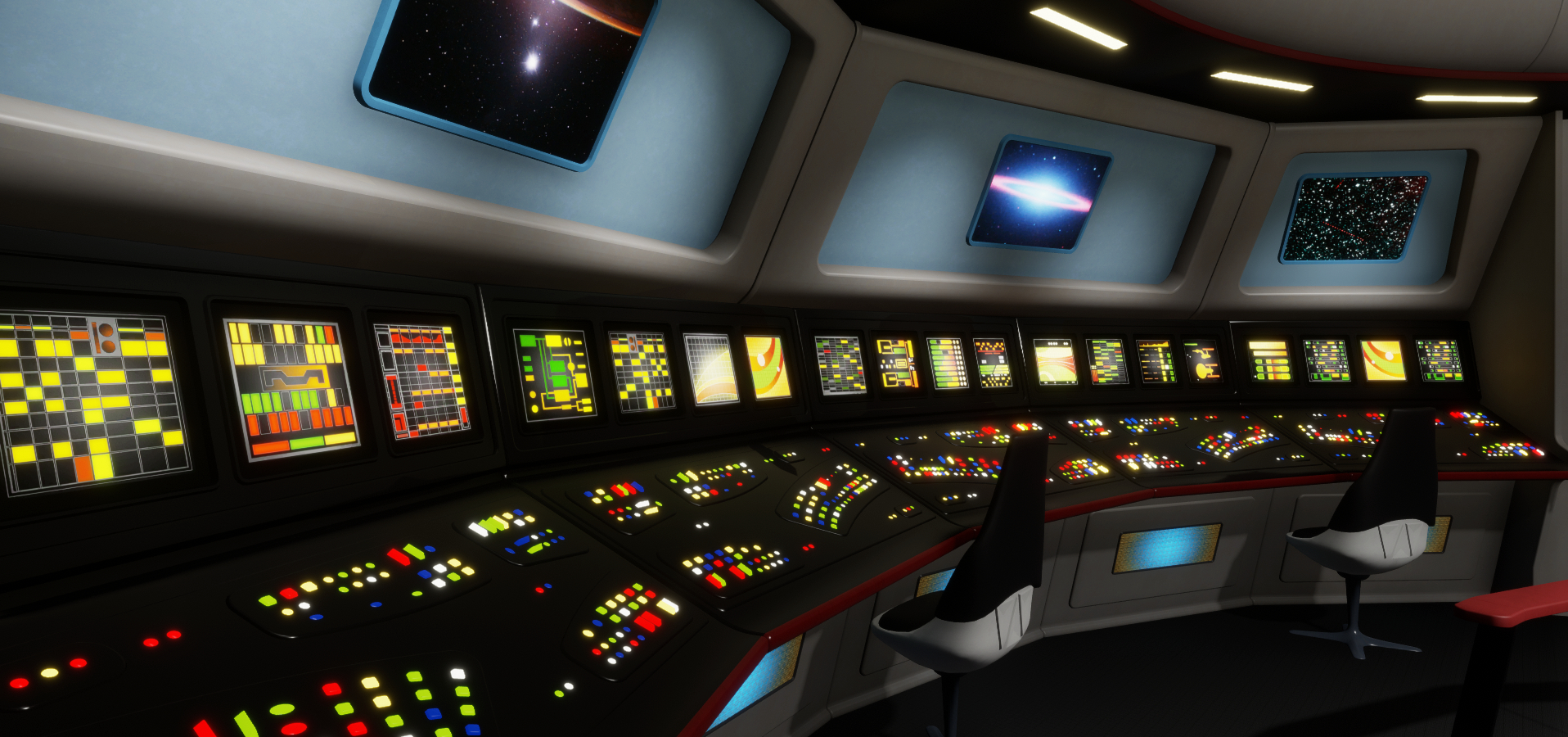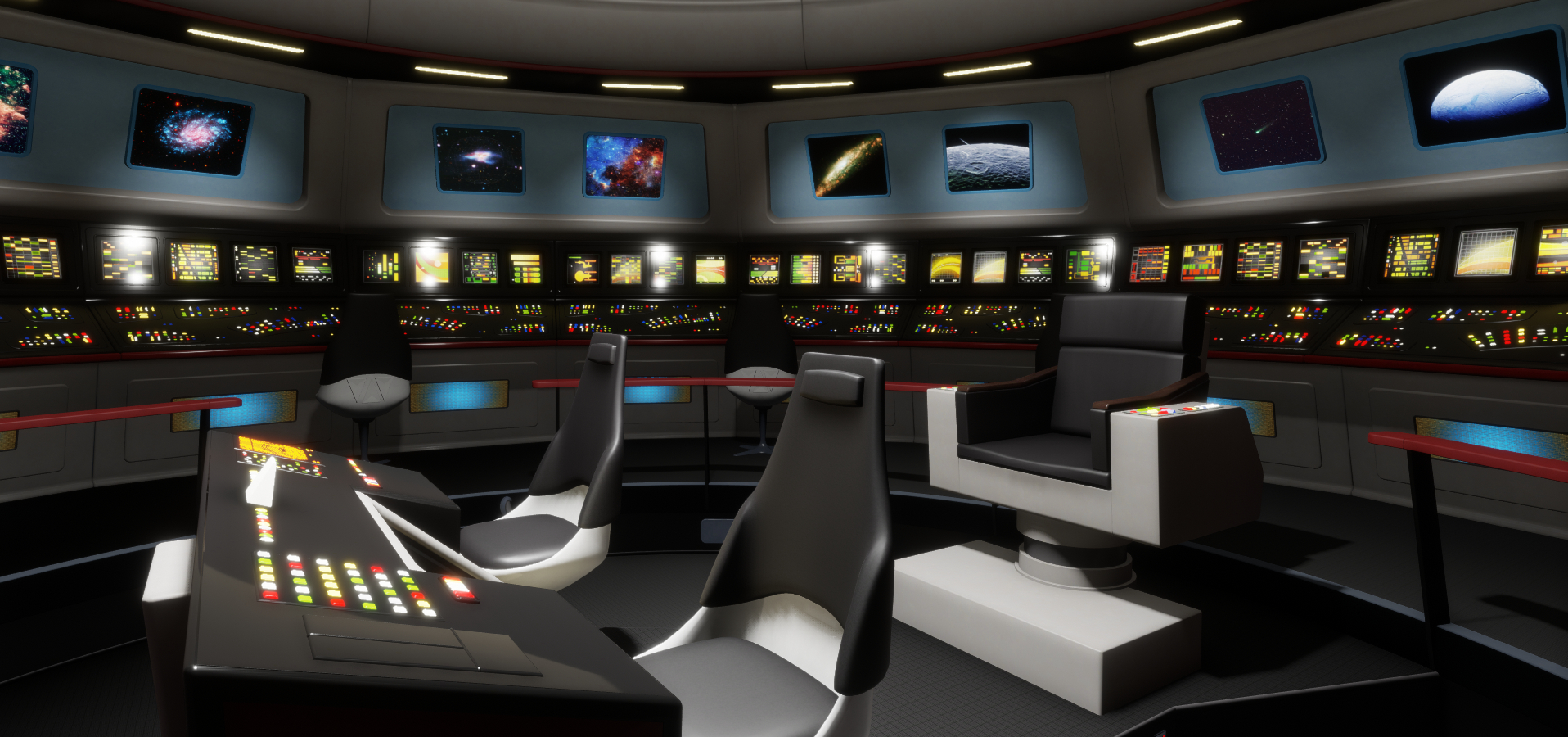
In July, I wrote about the opening of a Sansar experience celebrating No Spectators: The Art of Burning Man, an exhibition of art created for the annual Burning Man experiment in community and art held in the Black Rock Desert of north-west Nevada. The experience is a reproduction of a physical world exhibition of the same name, hosted by the Smithsonian American Art Museum (SAAM) at their Renwick Gallery in Washington DC between (effectively) April 2018 and January 2019 as a part of an overall effort by Intel and SAAM to digitise many of the museum’s 157 million objects and present them through the virtual medium as transformative and engaging educational / cultural experiences.
After the publishing of that review, Jason Gholston, Head of Sansar Studios, indicated to me via Twitter that the experience would be expanded over time, and on Monday, September 24th, the official Sansar Twitter account announced the Second Floor of the No spectators experience has now opened to public visits.
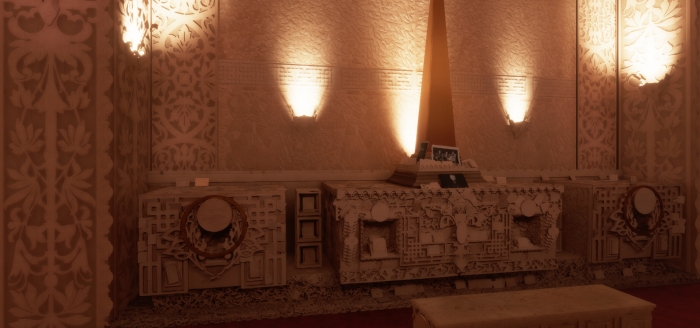
The centrepiece of the new exhibition is a reproduction of the interior of the 2018 Temple, as designed from laser cut wood by artists David Best. It is an intricate, beautiful design, the original – as are all Temple builds at Burning Man – put to the torch at the 2018 Burning Man event.
David Best is actually responsible for the designs of around half the Temple built at Burning Man, having created the very first in 2000, working with Jack Haye. At the time, Best had been attending Burning Man for about three years, and wanted to present a piece of art. He was also working with a group of young artists who would be attending that same year. One of these young artists was Michael Hefflin, a 28-year-old motorbike enthusiast who was killed not long before the event, and that first temple became something of a memorial to him and to others.
We built this thing and it became obvious that we were building a tribute to Michael. And as we were making it 100 people came by and added the names of people they’d lost. Then we put some diesel on it and burned it.
– David Best, speaking to The Guardian, February 2015
In 2001, Best was asked by the event’s organisers to build another Temple, and given the Black Rock “city” of the festival had just about everything else except a place of meditation, and he took up the offer, and built upon the what had happened in 2000.
I thought, ‘What would I dedicate a temple to?’ Not having any religion – and not being very fond of religion – I thought how in some faiths you can’t be buried in a cemetery if you’ve committed suicide. So since Burning Man welcomes so many things, the most sacred place, in the centre of the temple, should be in honour of those who’ve lost someone to suicide. By the end of the week 500 people had put names in the centre and 10,000 had put names elsewhere in the temple, the names of people they’d lost.
– David Best, speaking to The Guardian, February 2015
In keeping with this, the interior of the piece in No Spectators faithfully reproduces the names and messages left during the 2018 Burning Man festival. Even when visiting the experience in third person desktop mode, these notes, left on Post It sheet, postcards, scrawled on the wood, give an almost tangible emotional depth to the design. So much so that I had another of those rare (for me) moments when I wished I had a VR headset of my own to experience the full immersiveness of the setting while reading them.

Also in the new exhibit area are reproductions of Hyperspace Bypass Construction Zone (Hybycozo for short) models from Burning Man 2014 and 2015. Designed by Yelena Filipchuk and Serge Beaulieu. Rather than having something to do with Douglas Adams, The Hitchhiker’s Guide to The Galaxy, Vogons or the destruction of the Earth, these large structures are, in the artists’ words:
A series of large-scale polyhedral installations and artworks that investigate geometry through light, shadow, and perception. The project is inspired by the intersection of math, science, technology, geometry, material, and light.
– Yelena Flipchu and Serge Beaulieu on Hybycozo
However, it’s hard not to escape the feeling that Adams and his classic radio series and books / records (and the spin-off TV series and film) didn’t have some influence the project’s title…
Next to the Hybycozo display is a hall featuring four Gamelatron Bidadari. Again seen at the 2018 Burning Man, these were actually a recreation of 2013 set of instruments created by Aron Taylor Kuffner. Each features 10 Trompong kettle gongs, 12 Reyong kettle gongs, Klentong, Kempli, 4 hanging gongs, 2 ceng-ceng and 4 Kopyak from Bali and Java, all fitted with mechanical mallets on 4 powder-coated and hand-gilded steel mounts. They are genuine musical instruments, designed to be played, and the versions in Sansar are animated, producing a range of chimes in keeping with their physical world counterparts.
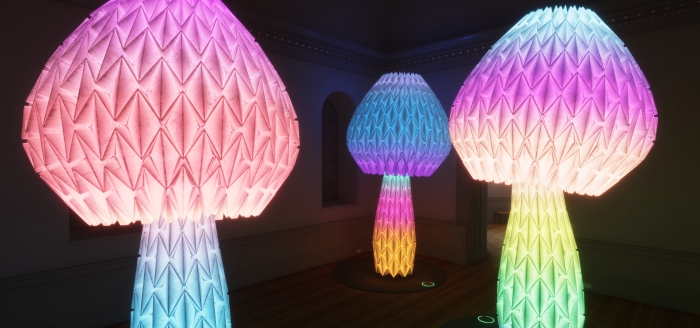
The final hall of the exhibition area features three Strumen Lumen, large-scale Origami mushrooms that morph into different shapes when activated by visitors, designed by the FoldHaus Art Collective. Animating them is achieved by touching or clicking on the circular buttons on the floor by each of the Strumen.
As well as having a dedicated experience URL, the upper floor of No Spectators can be reached from the lower floor by wither touching the teleport sign at the foot of the stairs in the entrance hall, or by just walking up the stairs (which will also activate a transfer between the two experiences. Similarly, a transfer to the lower floor can be activated by touching a sign at the top of the stairs, or by starting to walk down them.
I’d personally like to see a little more thought given to the way this material is presented in order to become fully engaged throughout. Much of the art at Burning Man is both mechanical / interactive and / or carries a story with it – as with the Temple builds. As such, it would add to the sense of engagement being able to hear the story of the Temple build, perhaps in David Best’s own words, or to here a complere loop of music Aron Taylor Kuffner has composed / played on the Gamelatron Bidadari.
That said, there is enough in this extension to make No Spectators worthy of further visits, and I hope the Lab / SAAM will resume tours of the experiences in the future. Certainly, it was enough to encourage me t see how video filming works in Sansar, using both of the main exhibition spaces, and the “outdoors” area.
